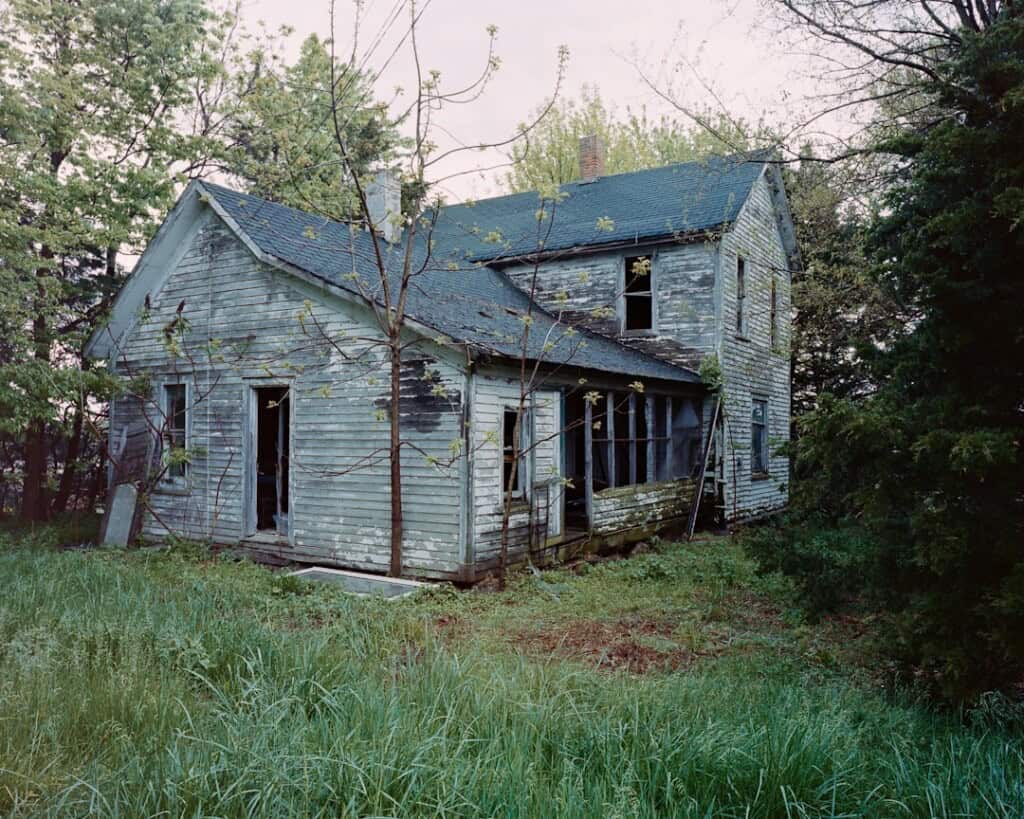Abandoned property investments are an appealing venture for many aspiring real estate entrepreneurs. They often come with a lower price point and the potential for significant profit margins after renovation. Yet, the process of investing in abandoned properties can be complex, particularly for beginners who are unfamiliar with the terrain. In this article, we will explore the key resources and strategies you need to start flipping abandoned properties. Keep reading to discover how you can turn neglected spaces into profitable investments.
Understanding the Basics of Abandoned Property Investment

Investing in abandoned properties can be rewarding, but it’s important to understand what you’re getting into. These properties are often left vacant due to issues like financial troubles or legal disputes. While they may appear rundown, they can offer great value if you have an eye for potential and are prepared to research market trends, property values, and renovation costs thoroughly.
Focusing on what the property could become with the right improvements is key. Partnering with professionals like Central Heating Consultants in Tallahassee, FL, can help you assess essential systems early on, such as heating, to avoid costly surprises down the line. With the right planning and support, these overlooked spaces can become smart investment opportunities.
Renovating and Flipping Abandoned Properties: Tips for Beginners
Renovating an abandoned property comes with challenges, but starting with a clear plan that includes your budget, timeline, and scope of work makes a big difference. Bringing in professionals like architects and contractors early helps avoid costly mistakes and ensures structural systems like roofing, plumbing, and electrical are up to standard. These are key elements that boost the property’s long-term value.
While structural integrity is a priority, visual appeal also plays a big role in resale. Focus on neutral, modern upgrades that appeal to a wide range of buyers without going over budget. Adding sustainable features or using repurposed materials from sources like metal recycling in Lansing, MI, can also increase value and attract eco-conscious buyers.
Identifying Potential Abandoned Properties for Investment
Finding the right abandoned property takes persistence and smart research. Begin by scouting neighborhoods with growth potential and identifying neglected structures. Many aren’t listed publicly, so proactive searching and local networking are key. Public records, such as tax documents or foreclosure notices, can help pinpoint properties with signs of abandonment.
Estate sales and probate courts also offer leads. While a property may appear unused, legal ownership usually remains, making it important to locate and contact titleholders for possible direct sales. Specialized websites that focus on distressed or underused real estate can speed up the search, helping investors match listings with their goals more efficiently.
Legal Considerations in Acquiring Abandoned Real Estate

Purchasing abandoned real estate involves complex legal steps beyond the financial aspect. A detailed title search is essential to confirm clear ownership and avoid potential disputes, especially since such properties may carry liens or encumbrances. It’s important to understand local zoning laws and ordinances, as these may limit how the property can be used or renovated. Working with an estate planning attorney in Dublin familiar with local regulations is highly recommended. Negotiating with previous owners or heirs can be sensitive, requiring both fairness and empathy. Buyers must also meet municipal rehabilitation requirements, such as securing permits, passing inspections, and adhering to building codes to ensure the process remains compliant and penalty-free.
Financing Your Abandoned Property Investment: Options and Strategies
Financing plays a key role in flipping abandoned properties, which often require significant renovations. Traditional mortgages are usually not available for such projects, pushing investors to consider alternatives like hard money loans, personal funds, or strategic partnerships. For those with limited capital, teaming up with investment partners can offer access to more resources and reduce individual risk, though clear agreements are essential.
Crowdfunding also allows multiple investors to contribute smaller amounts through online platforms, expanding access to funding while requiring greater communication. Regardless of the method, estimating total costs, including purchase, renovation, and unforeseen expenses, is critical to maintaining financial stability and preventing project overextension.
Overall, flipping abandoned properties requires a combination of market savvy, financial acumen, and a willingness to delve into the unknown. It’s a process that can lead to significant financial rewards if done methodically and with careful attention to legal, financial, and practical details. By adhering to these foundational steps and resources, beginners can embark on this lucrative journey with greater confidence and potential for success.